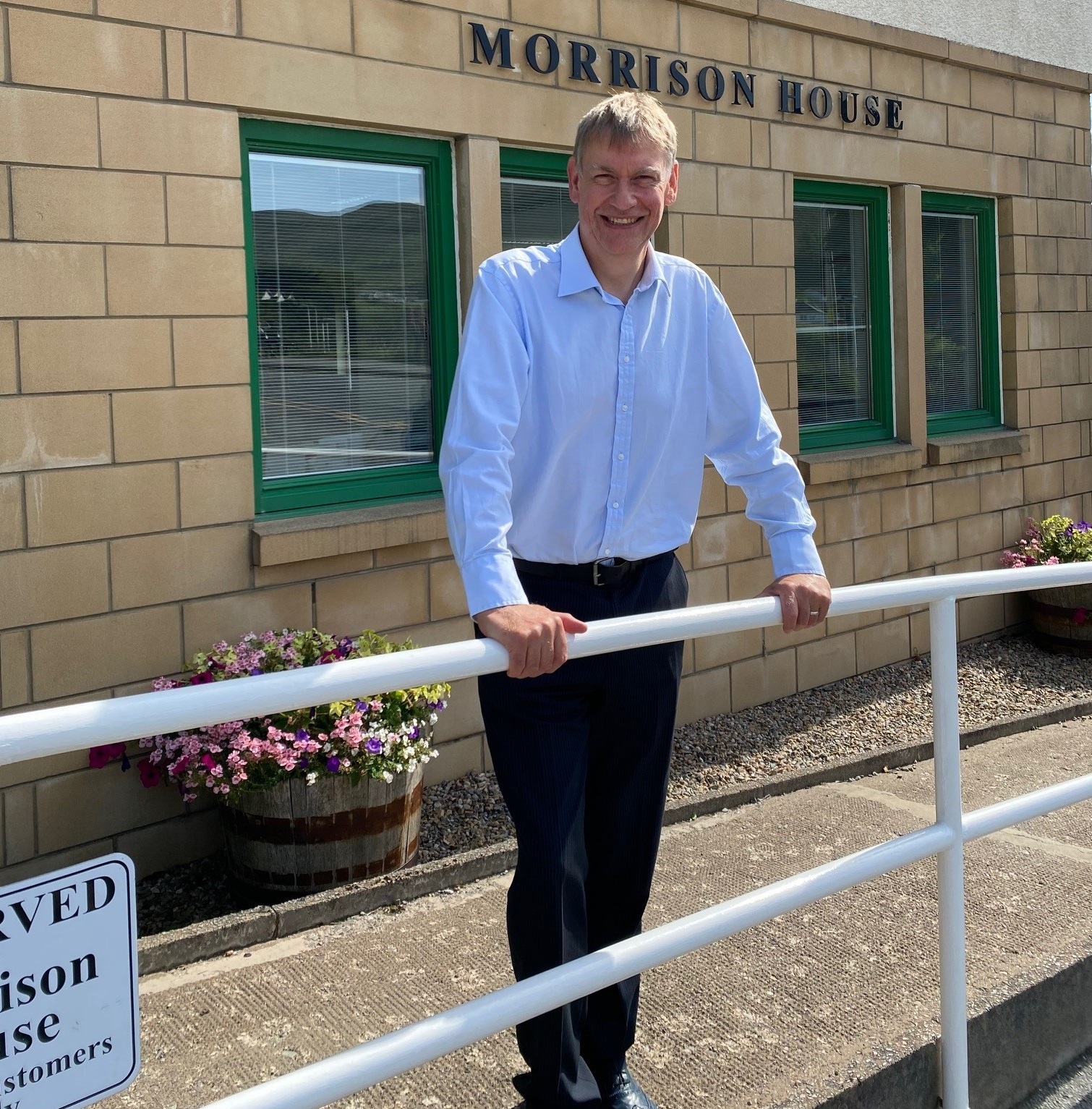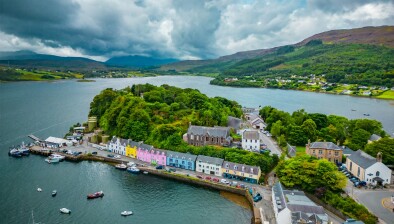Neil Clapperton: Trusting communities is key to delivering NPF4

Neil Clapperton
Neil Clapperton, CEO at Lochalsh and Skye Housing Association, reflects on a day at An Crubh and a National Planning Framework 4 (NPF4) Gaelic-flavoured Charrette.
An Crubh, Gaelic for the hub or nave of a spoked wheel, reminded me of the Charrette planning model, as did our choice of “Open Space” to map how to make Skye and Lochalsh a good place to live for people with particular needs. It was arranged in a circle with heated debate and conversation reaching out to flip charts around the walls.
Somewhere in the charrette sat cross-cutting and policy themes of NPF4: on a fair and inclusive planning system (Policy 14), what local living means to people with limiting conditions or difficulty living independently (Policy 15), homes that meet our diverse needs (Policy 16), or rural revival (Policy 17).
Open Space brought democracy and inclusion to the party, and attendees included professionals, service users, carers, community bodies and charities; in a room with an open agenda to plan our future places in a way that would improve local living for those with particular needs. The Framework talks about place planning as inclusive, empowered, aiming for resilience, recognising diversity, focusing on addressing longstanding inequality, and eliminating discrimination, but also as a celebration of our culture, diversity and heritage.
The An Crubh event, located on the beautiful Slèite peninsula on Skye, its café and community room windows framing the now white Cuillins, was all of that. Everyone had a voice, and every place. An approach that fits well with the ethos of NPF4, a Local Place Plan or community contributions to the Local Development Plan.
Of course the importance of planning to physical space, transport and connectivity, bricks and mortar and the design of houses were all central to the day, but there were important tangents. NPF4 mentions Gaelic in passing: “buildings and other physical assets can also support activities based on intangible cultural assets such as Gaelic language” and here on Slèite we plunged into a very energetic debate in Gaelic and English about the currently intangible buildings and infrastructure needed for our remote and island place.
One of our worries about the first iteration of NPF4 was repeated reference to urban 20 minute neighbourhoods, but this is now tempered by the recognition that rural and island areas need to develop their own concept of local living, shaped by their context.
Faced with a knuckle dragging squeeze on NHS budgets, it feels like the tide of change is pulling us towards a centralised, commodified welfare state, but conversations were taking unusual directions, identifying ways of improving well-being with social connection and mutual aid, or exploring how best to organise a remote and island society. I thought the Skye and Lochalsh communities would obsess about problems at the two cottage hospitals. No, it was about solutions, drawing on crofting self-sufficiency and connectedness. With broadening involvement in planning comes creativity.
You might think this is a flight of fancy, but arguably in a remote and island context, planning as described in NPF4 is in its natural state. With each discussion and rustle of flip chart paper, every squeak of marker pen, it seemed as if the Framework had a voice in the room. Rural revitalisation, a strong theme, is only properly human if we invest in people living their best lives, including end of life in the communities that care for them and they connect to.
Increasing population and economic life are also bound to a caring society that helps people where they are, instead of shipping them off to an anonymous care facility in Inverness. A caring society needs carers and professionals of all sorts, while also requiring good transport links, local schools, and affordable housing. How this is planned and organised plays to local living, and joins up in ways far clearer than urban planning because of scarcity and distance, whether about ferries, shops, businesses or health care.
Turning again to housing, An Crubh’s conversations ran into the Framework’s two critical rural aims for planning: “improved choice of homes across tenures so that identified local needs of people and communities in rural and island areas are met” and “homes are provided that support sustainable rural communities and are linked with service provision.”
In a high-demand area with inflated house prices, these are not met for anyone with a middling to low income, making local living difficult for those that work in health and social care as well as households with someone in need of their support. There is insufficient choice, often no choice at all, across all tenures, and the needs of small communities are averaged out of sight to deal with national or regional problems through an urban lens.
This is why trusting communities to know themselves and their needs best is at the core of planning. Trust them to be adults about the challenges faced by their society and bodies like Highland Council and the NHS. What was said at An Crubh is what needed to be said. The mood music from NPF4?
Government wants community engagement and is brave enough to work bottom up. This is where Local Place Plans could work a bit of magic in the planning process, for land use, buildings and service design. And right now we could do with a bit of magic.
On 24 April 2023, CaCHE, in association with the Housing and Place Delivery Forum, is hosting a conference entitled Delivering NPF4: What will it take? Register your place here.
- This blog is one in a series of guest blogs for CaCHE by members of the Housing and Place Delivery Forum reflecting on Scotland’s revised and soon-to-be-adopted NPF4.







